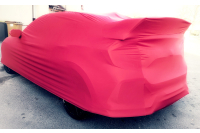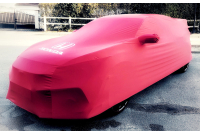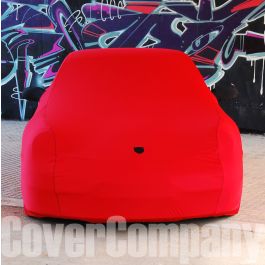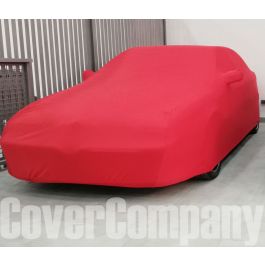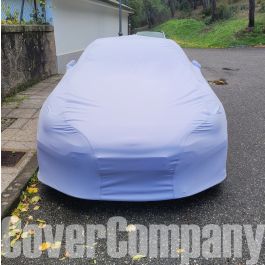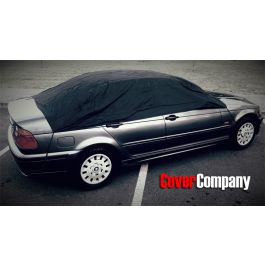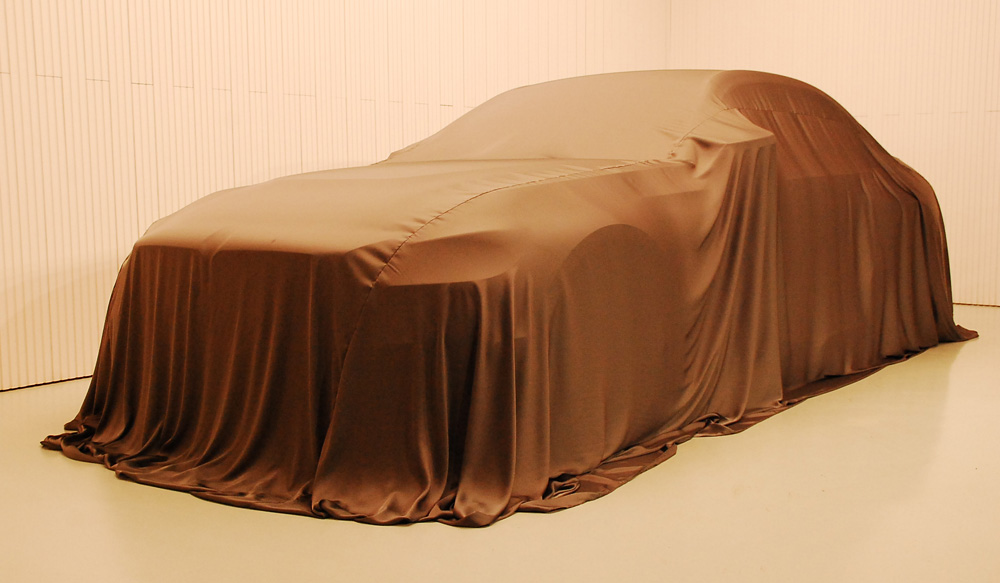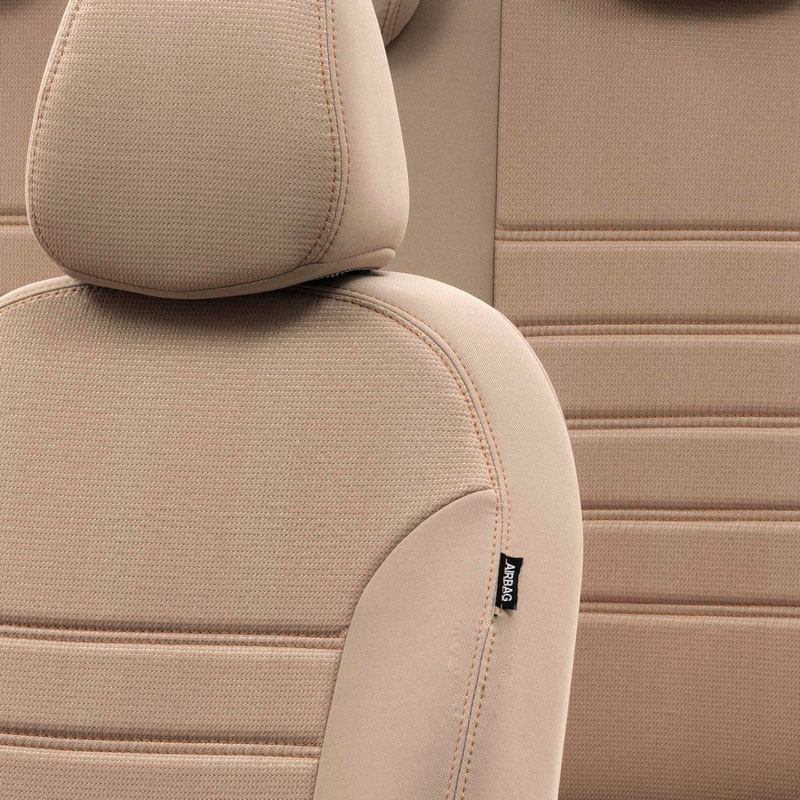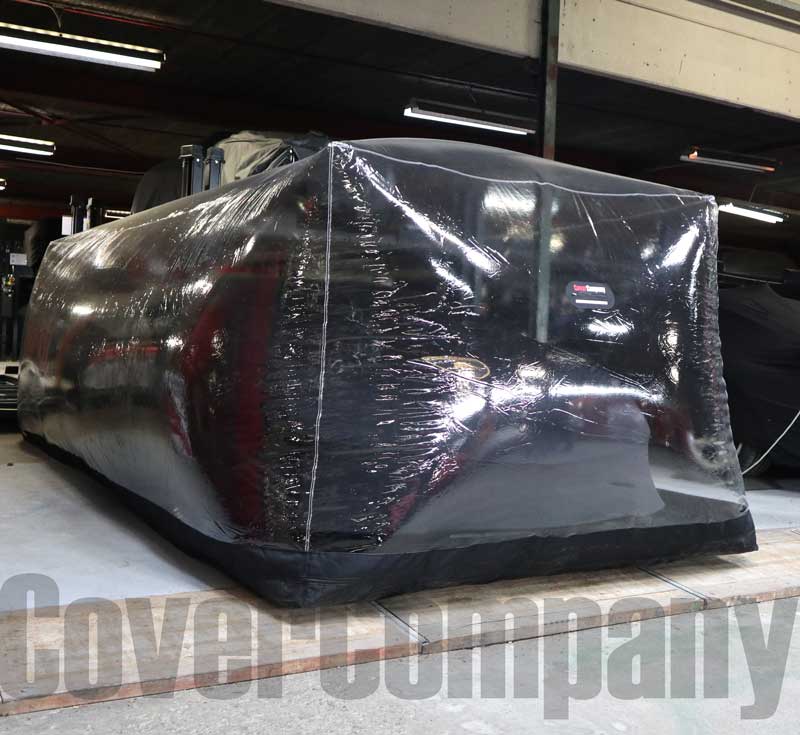Shop now.Pay it in 4.

Clearpay is unregulated credit.
Use responsibly.T&Cs & late fees
apply at clearpay.co.uk/terms
The Ultimate Guide to the Honda Civic Type R
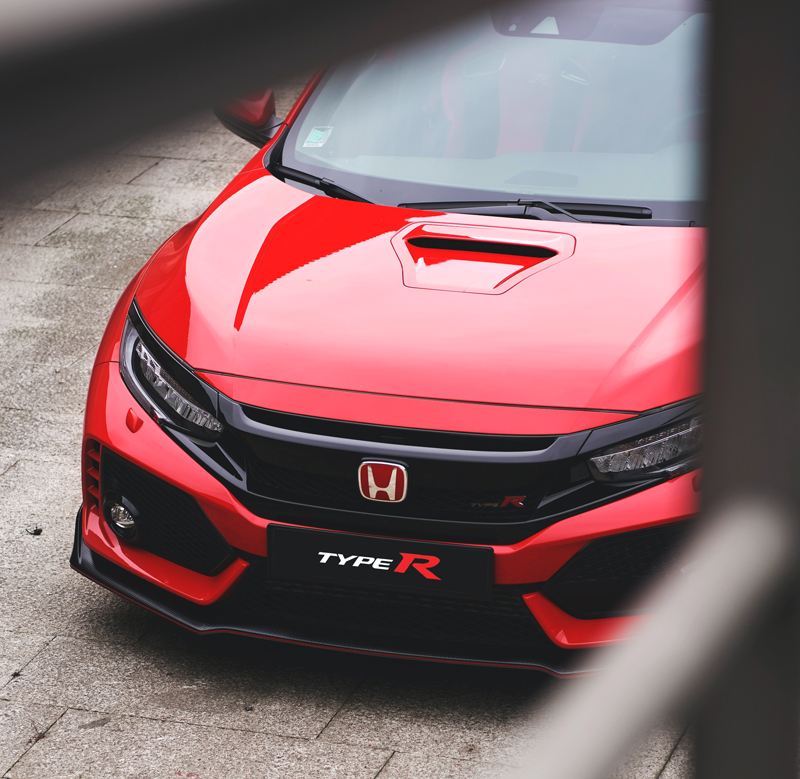 The Honda Civic is a line of compact cars produced by the Japanese automaker Honda. The Civic was first introduced in 1972 as a two-door model, and it has since grown to become one of the most popular and iconic cars in the world.
The Honda Civic is a line of compact cars produced by the Japanese automaker Honda. The Civic was first introduced in 1972 as a two-door model, and it has since grown to become one of the most popular and iconic cars in the world.
Here is a brief history of the Honda Civic:
- First Generation (1972-1979): The first-generation Civic was introduced in 1972 as a two-door model. It was powered by a 1.2-liter four-cylinder engine and was offered with a four-speed manual or two-speed automatic transmission.
- Second Generation (1980-1983): The second-generation Civic was introduced in 1980 and was larger and more powerful than its predecessor. It was offered in a variety of body styles, including a three-door hatchback, a four-door sedan, and a five-door wagon.
- Third Generation (1984-1987): The third-generation Civic was introduced in 1984 and featured a sleek new design. It was also offered in a sporty Si model, which was powered by a 1.5-liter four-cylinder engine and offered a sport-tuned suspension.
- Fourth Generation (1988-1991): The fourth-generation Civic was introduced in 1988 and was larger and more refined than its predecessor. It was also the first Civic to offer a VTEC engine, which was available in the sporty Si model.
- Fifth Generation (1992-1995): The fifth-generation Civic was introduced in 1992 and featured a new aerodynamic design. It was also offered in a new coupe body style and was the first Civic to offer a double-wishbone suspension.
- Sixth Generation (1996-2000): The sixth-generation Civic was introduced in 1996 and was larger and more refined than its predecessor. It was also the first Civic to offer a fully independent suspension and was available with a range of engines, including a 1.6-liter VTEC engine.
- Seventh Generation (2001-2005): The seventh-generation Civic was introduced in 2001 and featured a new, more modern design. It was also larger than its predecessor and was available with a range of engines, including a 2.0-liter i-VTEC engine.
- Eighth Generation (2006-2011): The eighth-generation Civic was introduced in 2006 and featured a new, more futuristic design. It was also larger and more powerful than its predecessor and was available with a range of engines, including a 2.0-liter i-VTEC engine.
- Ninth Generation (2012-2015): The ninth-generation Civic was introduced in 2012 and featured a new, more conservative design. It was also available with a range of engines, including a 2.4-liter i-VTEC engine.
- Tenth Generation (2016-Present): The tenth-generation Civic was introduced in 2016 and features a new, more aggressive design. It is available in a range of body styles, including a sedan, coupe, and hatchback, and is offered with a range of engines, including a turbocharged 1.5-liter engine.
The Honda Civic Type R series
The Type R series is a high-performance version of the Honda Civic, developed by Honda's racing division, Honda Racing Corporation (HRC). The Type R designation first appeared on the third-generation Civic, and has since been applied to other models, including the Integra, Accord, and NSX.
Here is a brief history of the Honda Civic Type R:
- First Generation (1997-2000): The first-generation Civic Type R was introduced in 1997 and was based on the sixth-generation Civic. It was powered by a 1.6-liter VTEC engine that produced 182 horsepower and was paired with a close-ratio five-speed manual transmission. The car was only available in Japan and was not sold in North America.
- Second Generation (2001-2005): The second-generation Civic Type R was introduced in 2001 and was based on the seventh-generation Civic. It was powered by a 2.0-liter VTEC engine that produced 212 horsepower and was paired with a close-ratio six-speed manual transmission. The car was sold in Japan, Europe, and other markets, but was not sold in North America.
- Third Generation (2007-2010): The third-generation Civic Type R was introduced in 2007 and was based on the eighth-generation Civic. It was powered by a 2.0-liter VTEC engine that produced 222 horsepower and was paired with a six-speed manual transmission. The car was sold in Japan, Europe, and other markets, but was not sold in North America.
- Fourth Generation (2015-2021): The fourth-generation Civic Type R was introduced in 2015 and was based on the tenth-generation Civic. It was powered by a turbocharged 2.0-liter engine that produced 306 horsepower and was paired with a six-speed manual transmission. The car was sold in North America, Europe, and other markets, and was well-received for its performance and handling capabilities.
- Fifth Generation (2022-Present): The fifth-generation Civic Type R was introduced in 2022 and is based on the eleventh-generation Civic. It is powered by a turbocharged 2.0-liter engine that produces 306 horsepower and is paired with a six-speed manual transmission. The car features a new, more aggressive design and updated performance features, and is expected to continue the Type R's legacy as a high-performance icon.
Is the Honda Civic type R a good investment? 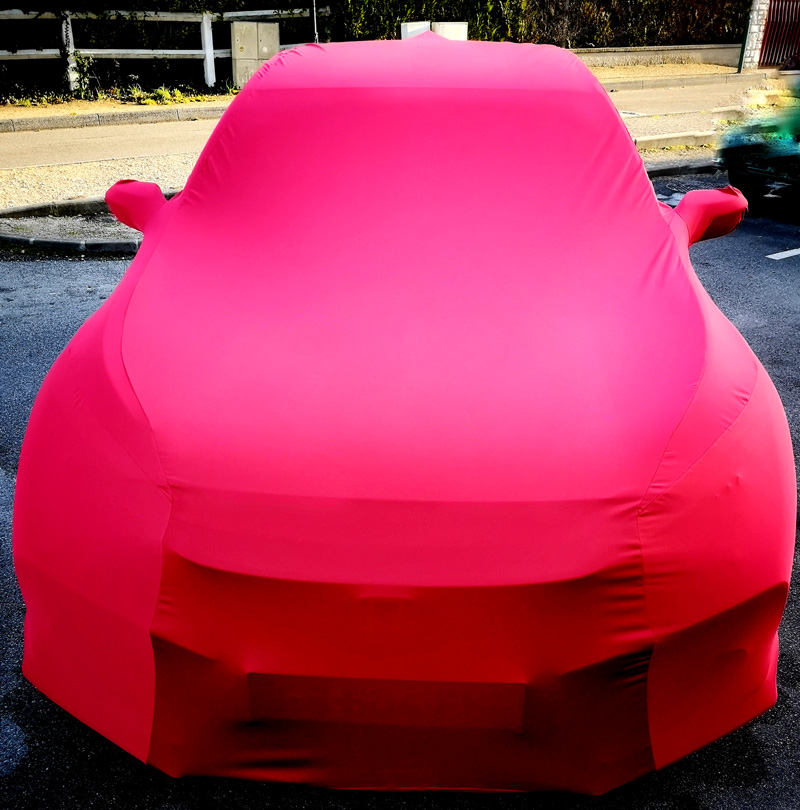
It's difficult to predict with certainty whether any particular car will become an iconic or valuable long-term investment. However, the Honda Civic Type R has gained a reputation over the years for its high performance, sharp handling, and racing heritage, which could potentially make it an attractive choice for collectors and enthusiasts.
The first-generation Civic Type R, for example, has become a sought-after model among JDM enthusiasts, and its rarity and cult status have helped drive up prices. The fourth-generation Civic Type R has also been well-received by critics and buyers, and its performance and handling capabilities have earned it numerous accolades.
That being said, it's important to note that there are many factors that can influence the long-term value of a car, including its condition, rarity, historical significance, and market demand. Additionally, car values can be subject to fluctuations based on a variety of economic and cultural factors.
So while the Honda Civic Type R may have the potential to become a valuable long-term investment, it's important to do your research, carefully consider the condition and provenance of any potential purchase, and be prepared for potential fluctuations in value.
Taking care of your Honda Civic Type R
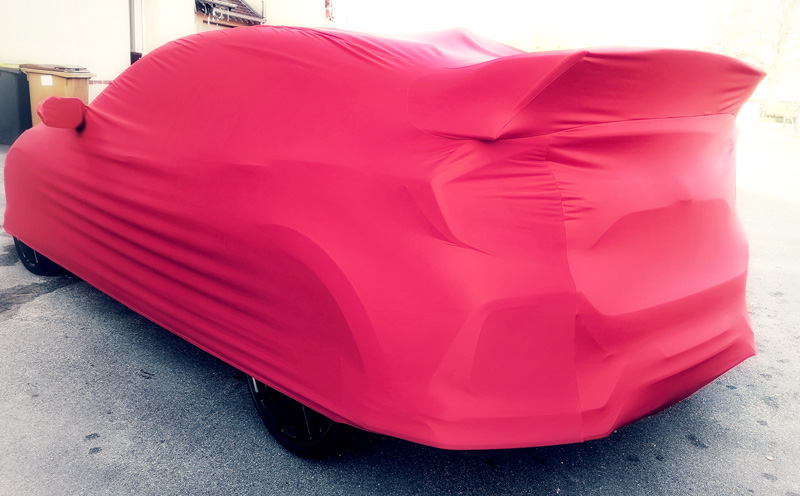 Taking good care of your Honda Civic Type R can help ensure that it remains in top condition and maintains its value over time. Here are some tips for caring for your Type R during storage:
Taking good care of your Honda Civic Type R can help ensure that it remains in top condition and maintains its value over time. Here are some tips for caring for your Type R during storage:
- Storage: If you plan to store your Type R for an extended period of time, it's important to choose a suitable location that is dry, cool, and free from moisture and sunlight. Ideally, the space should be ventilated, with good airflow to prevent mold and mildew growth.
- Tires: During long-term storage, it's a good idea to protect your tires by using tire cushions or tire platforms under your Type R to prevent flat-spotting. Flat-spotting can occur when a car is parked in the same position for an extended period, causing the tires to develop flat spots that can affect their performance and lifespan.
- Indoor and Outdoor Car Covers: To protect your Type R from dust, debris, and other environmental factors, consider using a car cover during storage. An indoor car cover for your Honda Civic Type R is ideal for keeping your car clean and protected from dust, while an outdoor cover can help protect your car from the elements and UV rays.
- Battery Chargers: To keep your car battery charged and in good condition during storage, consider using a battery charger or trickle charger. These devices help maintain the battery's charge level and prevent it from going flat, which can cause damage and reduce its lifespan.
In addition to these tips, it's important to perform regular maintenance on your Type R, including oil changes, tire rotations, and other necessary upkeep. Following these guidelines can help ensure that your Type R stays in top condition and retains its value over time.
What Our Customer Are Saying...
-
PERFECT PROTECTION GOLDWING 1500 By: Gilles COHARD
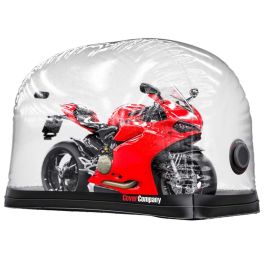 Very satisfied with this indoor size L cover (2.8 m x 1.2 m x 1.6 m) for the Goldwing 1500. Unfold carefully as the package is vacuum-sealed and the transparent part is very sticky. I installed it by myself. Be careful to position the antennas correctly. Consider using protection under the center and side stands to preserve the cover. No instructions in French. This cover is not cheap, but it really does the job. I highly recommend it. CoverCompany responds quickly to questions, which is much appreciated.
Very satisfied with this indoor size L cover (2.8 m x 1.2 m x 1.6 m) for the Goldwing 1500. Unfold carefully as the package is vacuum-sealed and the transparent part is very sticky. I installed it by myself. Be careful to position the antennas correctly. Consider using protection under the center and side stands to preserve the cover. No instructions in French. This cover is not cheap, but it really does the job. I highly recommend it. CoverCompany responds quickly to questions, which is much appreciated. -
Decent quality for the price By: Paul
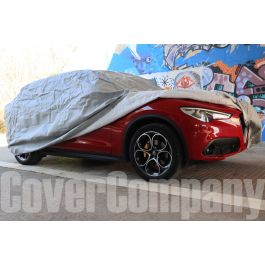 Cover is good quality. Being a standard fit cover it's designed to fit large SUV vehicles which is slightly too big for a Stelvio, but it's better that it's oversized than too small. It's never going to fit back into the storage bag or case that came with it so will have to find another way of storing it which is disappointing. Took about 10 days to get to the UK. - Answer by Cover Company: Thanks for your feedback Paul. The package includes an additional storage bag to store the cover once it has been used,
Cover is good quality. Being a standard fit cover it's designed to fit large SUV vehicles which is slightly too big for a Stelvio, but it's better that it's oversized than too small. It's never going to fit back into the storage bag or case that came with it so will have to find another way of storing it which is disappointing. Took about 10 days to get to the UK. - Answer by Cover Company: Thanks for your feedback Paul. The package includes an additional storage bag to store the cover once it has been used,

